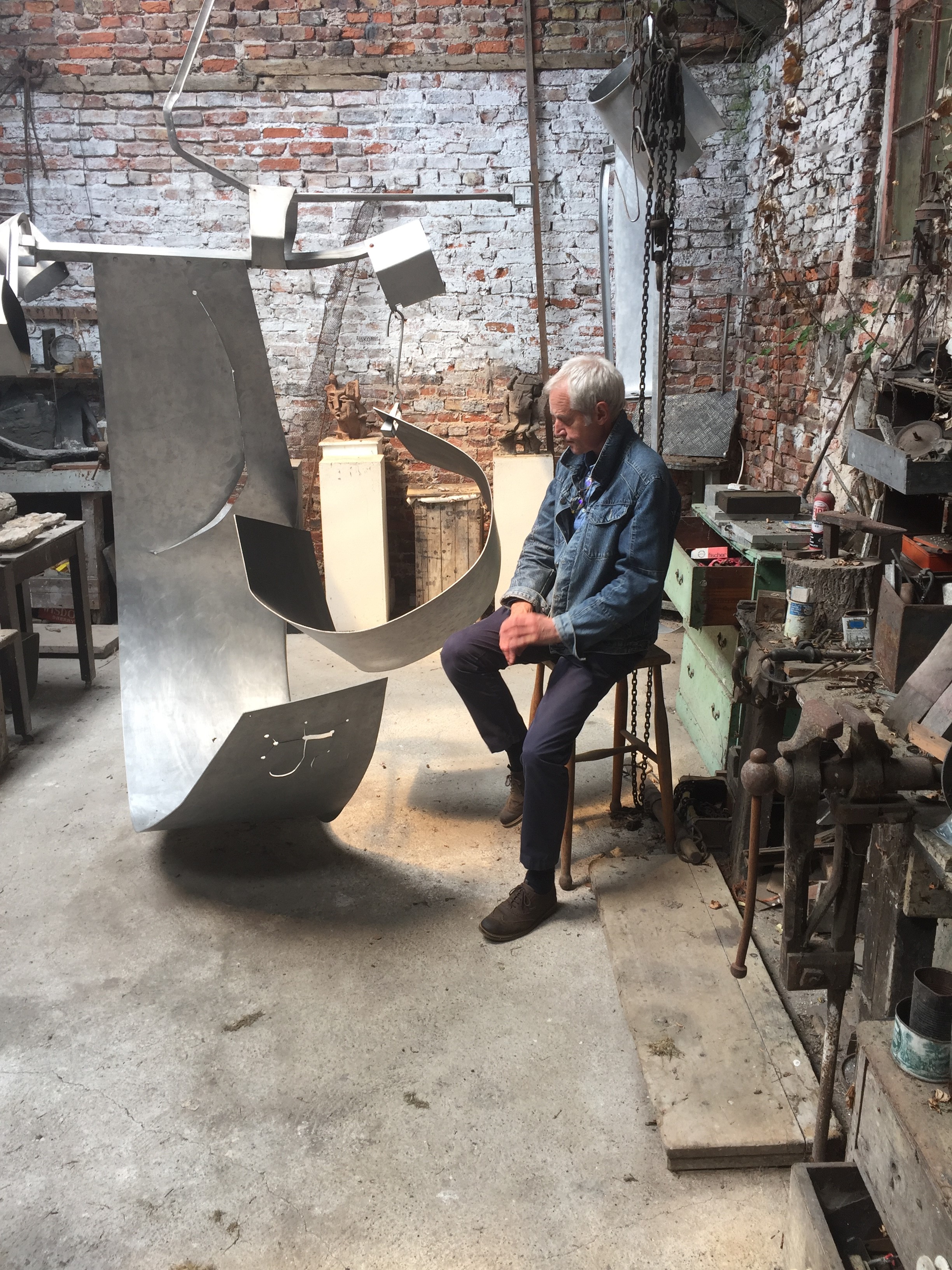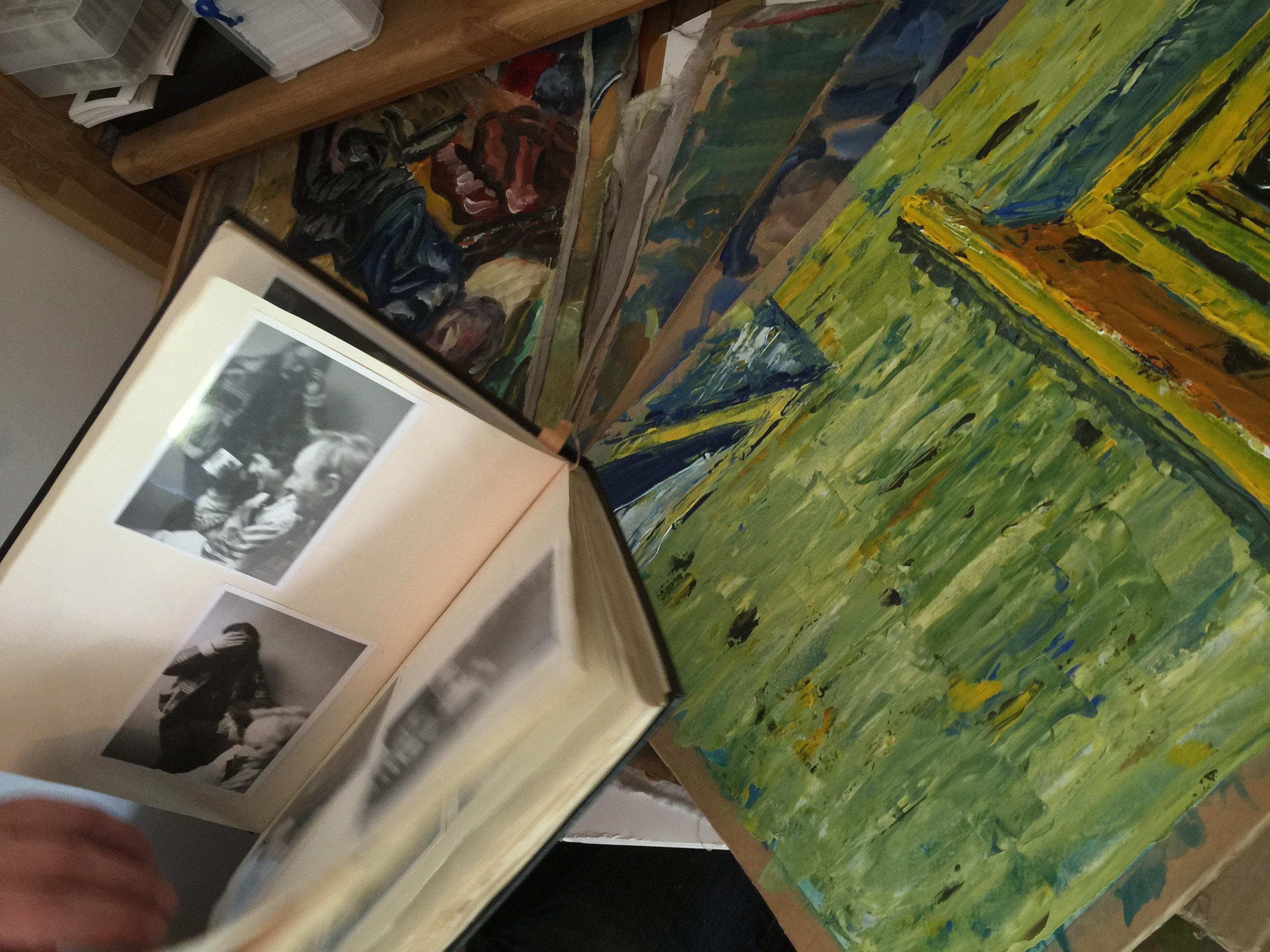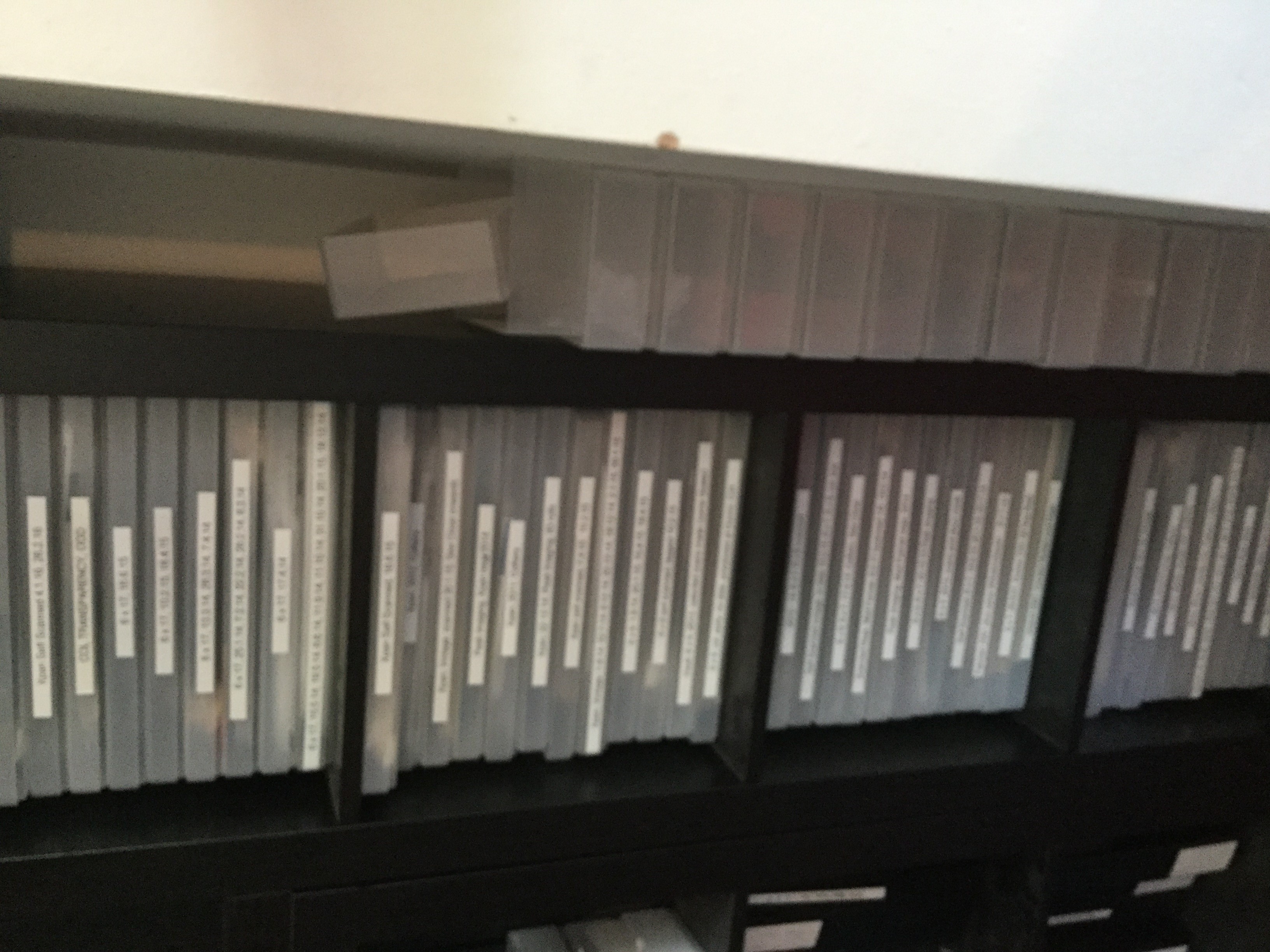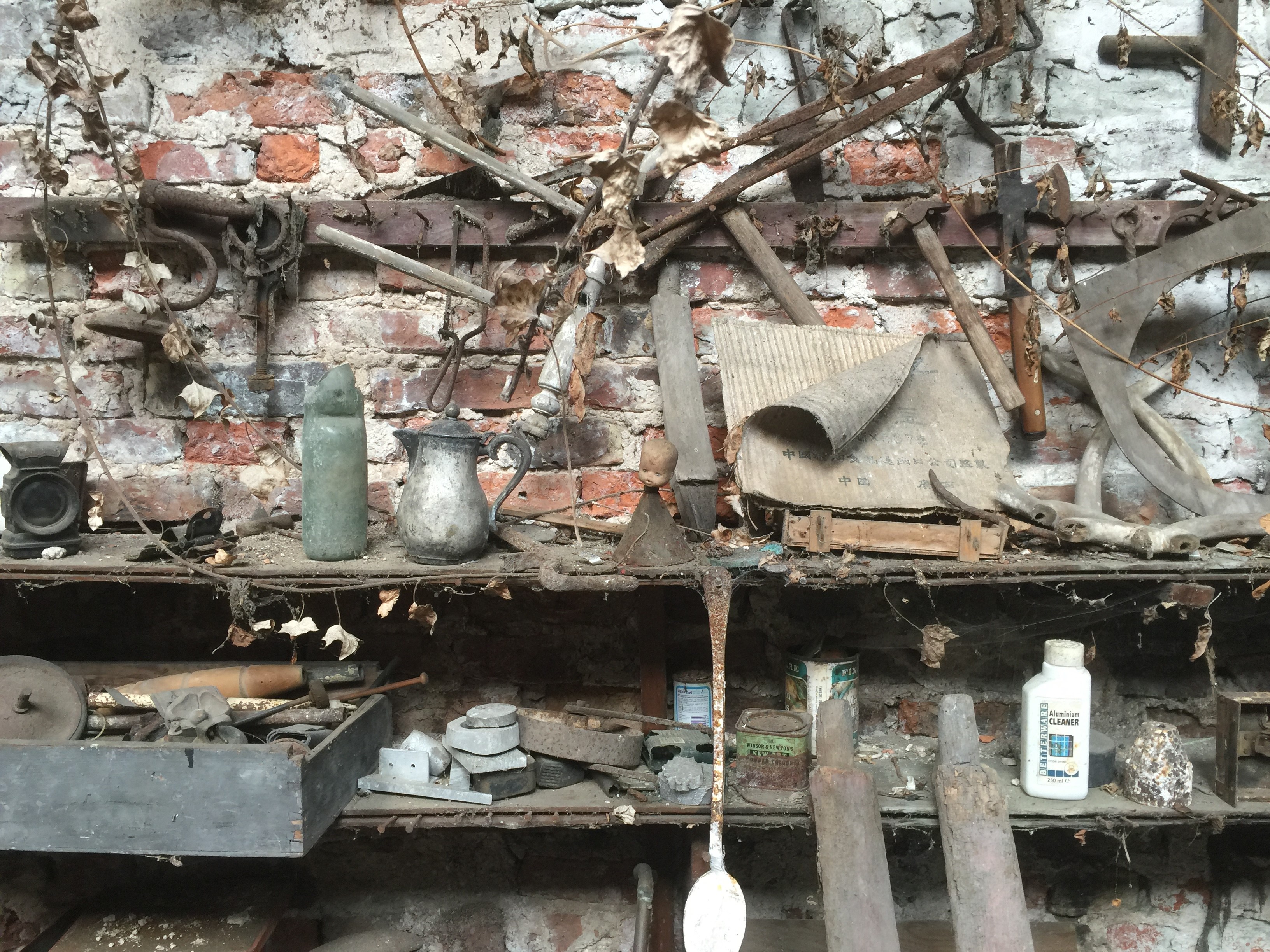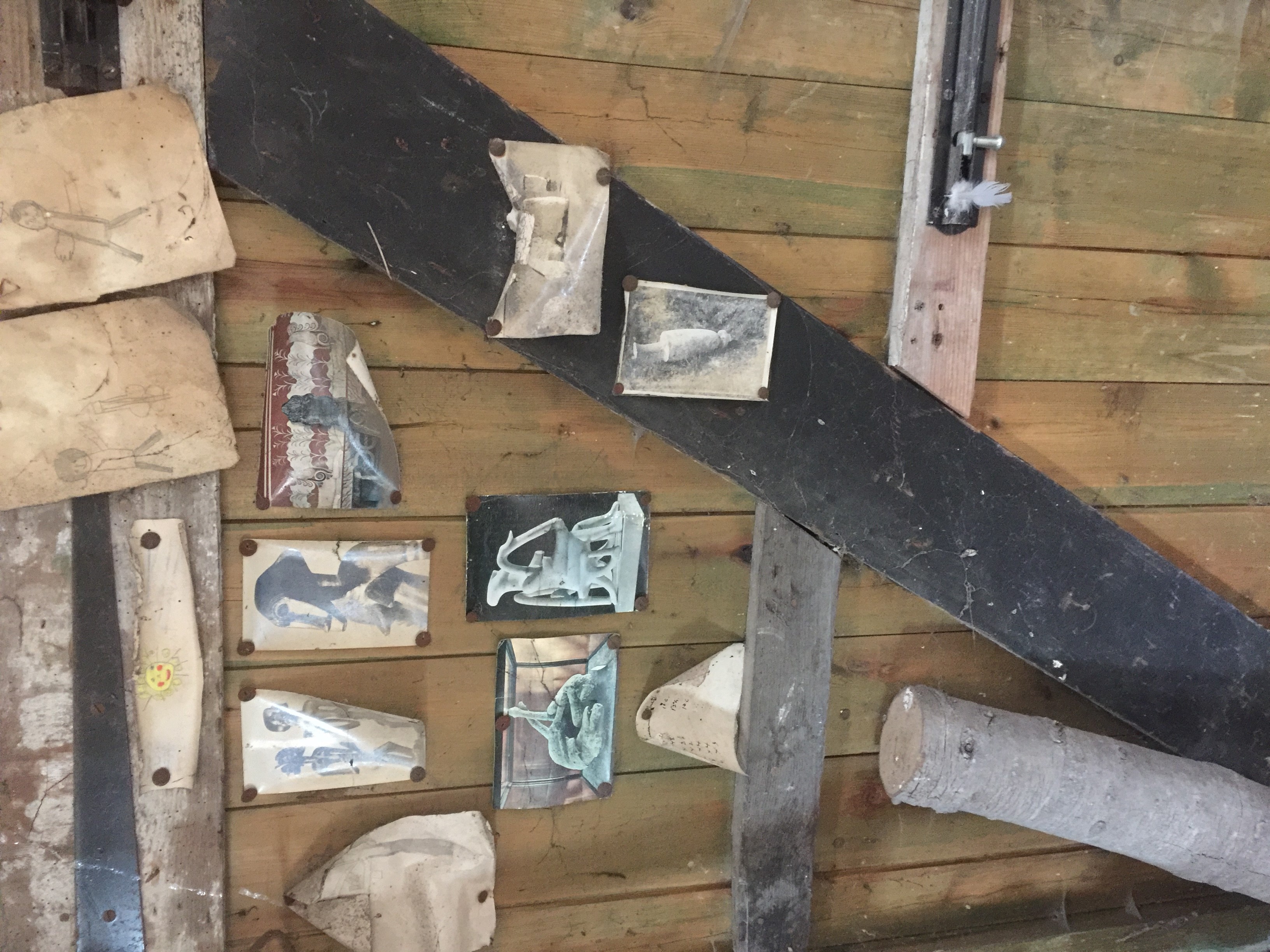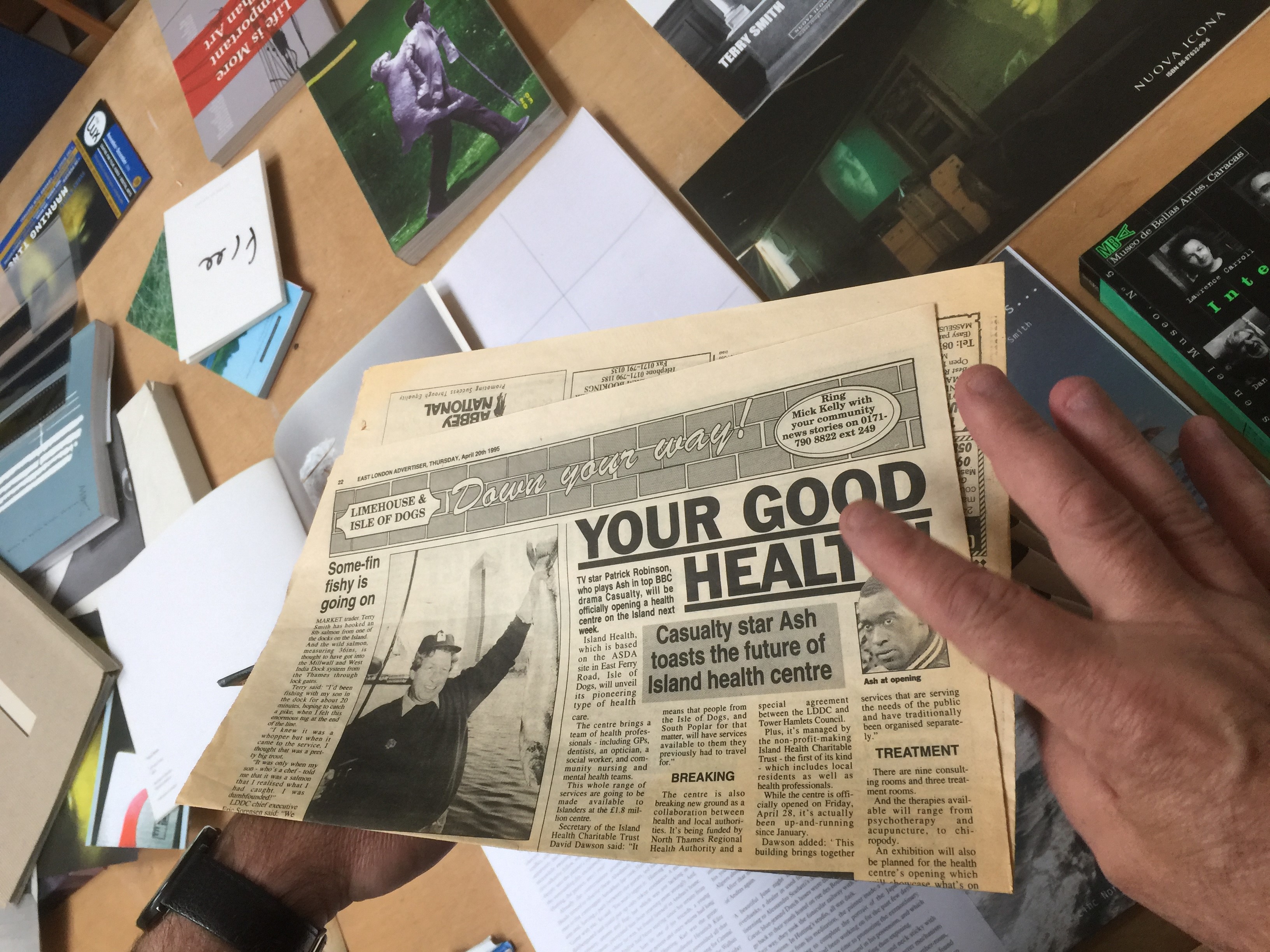This week, Germany’s The Institute for Artists’ Estates hosts Keeping The Legacy Alive: A Conference on Artist Estates as Berlin Art Week kicks off in the city. DACS Foundation’s Mark Waugh will be discussing strategies for mid-sized estates on Thursday. DACS Foundation’s Art360 takes on 30-40 artist estates annually, for artists working since 1900.
Can you tell me a little about the topics you’ll be discussing at Keeping the Legacy Alive?
I recently returned from Gwangju in Korea where I participated in a panel discussion on questions of legacy and the roles of institutions in safeguarding cultural heritage. In my presentation I talked about Art360 and its relationship to those artists whose market position is perhaps under-established, however whose cultural contribution is very significant.
Our host was the Asian Cultural Centre, a massive new build in the centre of Gwangju, which aims to collect historical records and archives of artists from across Asia and its diaspora. In that context I was able to reflect on the issue of diaspora and the histories of artists such as Franklyn Rodgers. His body of photographic work includes a substantial number of portraits of leading artists of his generation. Black British artists such as Donald Rodney and Keith Piper and theorists including Stuart Hall. When presenting at Keeping The Legacy Alive, in part I will be returning to this example and discussing the ways in which networks of information, which are self-evident to artists and can be exposed by the careful art historian, can quickly become lost or erased. I will argue that living artists are best disposed to share the material history of their work. And I will talk about the simple ways in which such work can be achieved, such as digitising analogue materials, organising correspondences, and creating inventories that have the capacity to link disparate media types together, from websites to audio files.
I will also talk about some of the technical research we are doing into the Blockchain and its capacity to revolutionise provenance management. For example, we are looking at complex business strategies for artists’ estates to license images which have been unavailable for decades to help transform intangible culture into tangible incomes.
Art360 raises the question of cultural memory and how to activate this for generations to come. Like Walter Benjamin, who wrote for a future in which his legacy could be saved through those who had published his works, we are hoping that Art360 can encourage archives that have the capacity to host the contradictory, painful and violent truths of our political moment, and insure us against a less generous sense of what it means to have been a British artist in the post YBA generation.
What are the initial considerations when selecting the annual 30-40 artists for Art360?
Our first concern is that we want to get an exciting but wide spectrum of artists. We are certain that the artists selected must not be perceived as being from a ‘best of’ list or any other kind of shopping list but rather that they are reflective of the diversity of practices, geography, ethnicity and genders of artists making work in Britain. Therefore, we asked a panel to reflect on the submissions with this in mind. However, as you can imagine with the selection panel made up of artists, the quality of work always comes to the foreground. In the end, we have come out with a group of artists which is reflective of the spectrum of disciplines and positions.
Art360 works with artists from 1900-2014. Do you feel there are clear divides in time periods when you might take a different approach, or where different strategies are required?
We certainly wanted to work with artists whose works were likely to be in copyright as that makes a great difference to their capacity to generate revenues. We also aim to work with artists broadly defined by two categories: those who worked in the contemporary period between 1900 – 2014 and those still working today. The second defining context being the question of contemporaneity. In other words, we wanted to ensure we had artists involved in Art360 who are dynamic practitioners creating brilliant but potentially difficult contemporary works in a multiplicity of material. This ensures that the types of solutions we come up with for our artists are relevant to future generations, and also to their peers today.
There is no doubt that an artist living in the post Internet age is living in a very different dimension to those before the mid-90s. This has come out of our studio visits, where we see endless well-ordered files of correspondences, ephemera and contractual details which stop between the years 1993 and 1997. The Internet has transformed the way artists research their work but also correspond and participate in networks. These processes are infinitely more complex and less visible. However, they are also far less comprehensively organised or accessible. It only takes an accident or the loss of a password to render massive amounts of information irredeemable and lost. I would suggest that dealing with the transition between analogue and the digital is the most significant challenge to the notion of art historical research. So in fact a real concern is less with questions of modernity and post-modernity but between the pre- and the post-digital.
Surely a great divide exists also between living and deceased artists? How do you approach both of these groups? Is it perhaps more complicated to work with a living artist?
I would say a great challenge in terms of the dead is to activate a dynamic sense of dialogue with their works. Our position is that a ledger is the building block of legends. It is far easier if the dead have already defined their desires and established clear principles through which their estates might be ordered.
What is difficult is to encourage the living to consider mortality and address the death drive as not merely a sublimated psychic force but a significant fact in the definition of their corpus. The question of finitude and legacy is critical. We are keen to encourage living artists to make provisions for their future legacy. This is a challenge about cultural sustainability and for the production of their work. Of course with the dead one does not have to be careful about what one says but often we find they have not said enough in relationship to how their legacy should be developed. Moreover, we find that in the absence of an artist there is a void of insight which can be fatal.
Without concise details on issues such as how works should and can be shown, how works can and should be editioned, and how and who should make decisions for the future sustainability of the legacy, the whole legacy can unravel. We have been lucky to work with passionate estates who are very keen to work with us and develop practical solutions for the legacy of artists’ estates. The most challenging difference between working with living artists and dead artists is that living artists also want to make new work and so any time spent archiving or planning their future legacy is often perceived as a bureaucratic distraction and so our task is to develop workflow solutions which also enable a more efficient studio practice. Our belief being that legacy is in fact best secured in the living presence of an artist.
Do you think the development of a living artist’s legacy is a more recent phenomenon?
With the rapid transformation of the art market both in terms of its globalisation and the percentage growth of scale there comes increased pressure on living artists to intervene with their legacy. You will see for example on Twitter that Richard Prince is not always happy with who buys his work and where his favourite pieces reside. This question of where works are shown, stored, cared for and discussed is critical to living artists and increasingly they want to have a more hands-on relationship to the cultural and economic legacy of their work.
The project is supported with public funding. What wider role do you think the sustainment of an artist’s legacy plays for the public?
Art360 is in fact supported by a combination of public funding and private revenues and donations secured through auctions with Christie’s and Paddle8 and the kind donations of artists. It is the latter which is most telling in relationship to the public because artists understand that their future is very vulnerable unless it is secured as part of a collective history of culture.
We have been working hard with our partners in the UK (Arts Council England, the Art Fund, The National Archives and the Henry Moore Foundation) to develop the first phase of the project. We envisage additional support from collectors, galleries, trusts and indeed from public funding. We believe that without investment those artists who are critical to the understanding of the art made in this generation may become vulnerable.
We believe we owe generations of artists to come and the public a full and dynamic record of the ways in which art has been revolutionised following the transformations from analogue to the digital and in the context of a rapid globalisation of the art market. Only with attention to the specific details of cultural production can we reveal the depth of value that artworks reveal. Art has become increasingly traded not only in terms of its cultural performance but also as an asset class. However, the trend towards speculation has increased the demand for more transparency about the provenance of specific works which again we believe living artists are perfectly positioned to supply.
And finally, which contemporary artists are you especially excited about working with?
We are delighted by the resilience and commitment to their work from all participating artists. Of course as a curator there are some artists whose works are closer to my own concerns than others. I am particularly interested in artists whose practices have emerged from performance, activism and the digital cartography. However, with an incredible array of artists there has not been one studio visit which has not been an absolute delight. As a curator it is always the moment before the exhibition in which the real insights into an artist’s imagination and process are gained. Through our series of filmed interviews and documentation of the processes we hope to bring some of that excitement to the public. Our website contains a full list of the artists and estates with whom we are currently working. It also contains the most recent films including those on Austin Wright and Barbara Steveni.
‘Keeping The Legacy Alive: A Conference on Artist Estates’ will happen on 14 and 15 September at Villa Elisabeth, Invalidenstrasse 3, 10115 Berlin. Visit the Institute’s website here and read more about DACS Foundation and DACS360 here.
